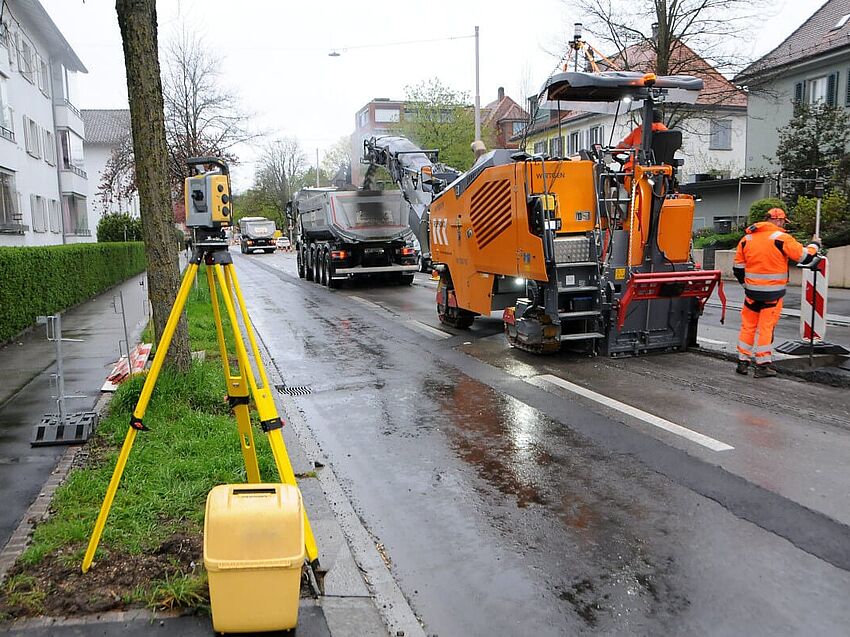Nigel Rees, Product Director Cloud Services, ALLPLAN
Although many contractors are using BIM, they aren’t taking full advantage of what BIM offers. BIM obviously serves as an intelligent, 3D model-based process but it also brings models to the next level: Data can be extracted from 3D models and used by construction companies to confirm existing information or discover new information—as well as share valuable information with customers and vendors. Learn about specific examples of the kinds of data waiting for construction companies within their BIM models.
1. How do most contractors use BIM?
BIM allows contractors to develop digital workflows using consistent data to assist in project programming, project coordination, construction and, importantly, a deliverable at handover. There is a huge range of adoption depending on project requirements, BIM can simply mean coordinating some model data from various authoring tools all the way to going on site without a drawing and working with mobile devices. However, the current reality is likely somewhere in between this. Even when large contractors are obliged to maintain BIM protocols, they may break away from this in certain operational sectors and expect 2D drawings as their deliverable. However, there is still a requirement for them to maintain the BIM level, as expected in the project, as handover to the operations teams will likely demand it.
2. What opportunities does BIM offer that contractors overlook?
Cloud-based open BIM solutions offer a world of connectivity never seen before. This world also tends to be crowded with BIM databases or Common Data Environments (CDE). Most of these have specialties in different areas. How the data is organized and presented is key for contractors, knowing how to connect these different hubs of data is important, and ensuring that they do not adopt processes using closed solutions because this could cause pain in the longer term.
3. What can contractors do with BIM that perhaps they are not aware of?
Contractors have very specific demands which change project by project. It is hard for them to keep aware of all the functional capability that is presented to them in the model management and CDE’s on the market. Their needs shape what software delivers. Sometimes basic management of 2D drawings coming from authoring tools is all that is required, other times clash detection of detailed reinforcement, other times logistical requirements and project planning are the drivers. What is important is that contractors see no obstacles to improving their work lives by adopting BIM for all these tasks.
4. What types of data can contractors extract from BIM 3D models?
It all depends on what the contractors are using the BIM model for. If it is coordination then it is important that workflows are in place that notify project members of activity, of change, of issues, of due dates etc. If the end goal is to use the model for scheduling and project programming, then at the very least access to the data components required to make this happen should be in place. Being able to manage the model components within the BIM environment is critical here as it will be likely that the site-based model is made up from different authoring tools where there is no consistency. In the BIM model they need to be able to assign a consistent topological structure that makes sense for all the disciplines in the build phase of the project and beyond.
5. How can this data be used to improve the construction process?
Obviously, the data is of paramount importance, but visibility and accessibility of that data is also key. BIM models should strive to be the single source of truth, and any deviation from this should be discouraged. A connected BIM approach is the most beneficial outcome from all the various systems that are used on a project. Operations that are performed in one specific domain should effect a managed change in another domain. If the implementation of BIM on a project does not serve to break the traditional silos of data associated with construction in the past, then the implementation needs to change. From the software perspective, the solution chosen should support flexible implementation and solve the challenges of deriving the best fit for all BIM execution plans. If this is well thought through the data should provide the following improvements in a project:
More accurate digital representation of the physical assetsA rich data source making handover to different disciplines easierDeveloping an audit trailProviding complete visibility on the whole project Elevate levels of communication
6. How can this data be used to improve client communication?
Stakeholder meetings are a regular occurrence on site and in the design office, having all the data and information in one place really allows all disciplines to contribute to discussions and sign off on their relevant areas. The days of manually bringing information together should be a thing of the past in BIM mandated projects – this information should exist in a managed solution with everyone working from coordinated models in a shared or published state.
7. Is there a real-world example of how a construction company has been able to use data from a BIM 3D model to achieve success on a project?
It is impressive to see how users adopt ALLPLAN software on their projects and integrate them into their workflows. A recent example in Switzerland of a train station shows adoption of BIM from end to end, from model creation to on site construction. In this project everything was delivered in a digital platform. The challenges were around logistics planning, as the station still had to remain operational. The BIM model proved critical in being able to optimally integrate all planners in the process for all aspects of the development and refurbishments.
Another project has been in the Netherlands for a maritime project there, the contractor needed to make sure that they minimize errors and reduce the chance of re-work. The central BIM model helped this process, especially as the design team was globally dispersed – a very important aspect that is often overlooked. BIM enables very effective remote working with live streaming of work processes in certain cases, and no waiting around for critical information.




